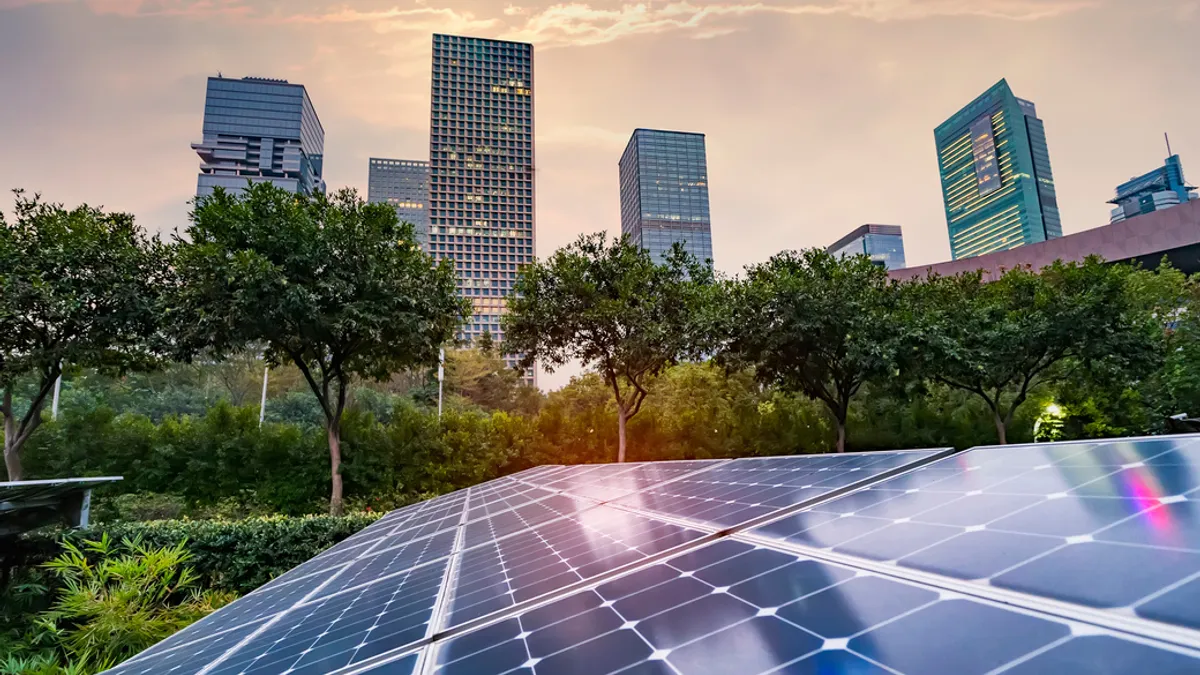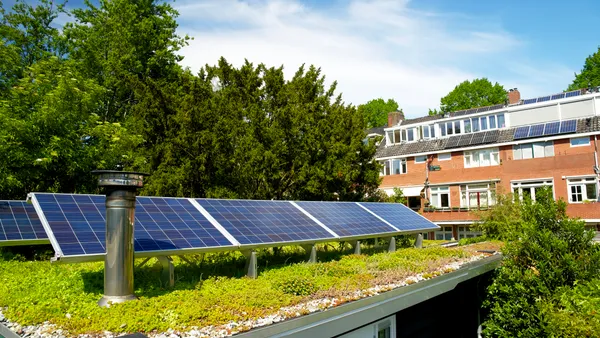As urban populations balloon globally, electricity demand is increasing at an alarming rate. A 2023 report shows that peak demand in the summer will increase by 38,000 megawatts over the next half-decade, and many cities already struggle to keep the lights on during extreme weather events, which are accelerating in severity and frequency. The power industry is facing mounting pressure to rebalance electricity supply and demand.
Leveraging renewable energy technologies and options that support reliable power generation is vital. Solar power—or the process of converting energy from the sun to electricity—is a major pillar of the global transition to renewable energy, and photovoltaic (PV) panels, more colloquially known as solar panels, are an effective way to harness renewable energy resources.
That said, selecting PV modules that are made from durable, reliable materials and have a long service life is critical to success. PV modules are exposed to the elements and need to be able to withstand wind, rain, snow and hail with minimal wear and tear. Additionally, effectively converting the direct current output from the module into usable (or storable) electricity requires high-performance, dependable components.
By working with companies that offer advanced materials for every component of the overall PV module, decision-makers can feel more confident in their renewable investments.
Taking a Closer Look
A PV panel’s ability to generate power efficiently relies on the seamless interaction of several components, each with its own material specifications.
For instance, encapsulant films (i.e., the material that protects and holds solar cells together) have traditionally been made with ethylene-vinyl acetate. However, as this material degrades, it releases corrosive acetic acid and turns yellow, hindering the power output over time. On the other hand, encapsulant films made with ENGAGE™ PV Polyolefin Elastomers from Dow help boost power generation and increase the PV panel’s service life while reducing the levelized cost of electricity and total system costs.
Low-voltage (LV) cables are the critical interconnect between PV modules and the power grid, ensuring efficient energy flow. These LV cables need to have durable jacketing and reliable insulation, made from materials that resist environmental factors while remaining flexible for easy installation. SI-LINK™ Moisture-Curable Compounds from Dow are designed to address the demands of LV cables used in solar power applications, where durability and reliability are paramount. SI-LINK™ Compounds, produced using proprietary reactor copolymer crosslinking technology, offer comparable or better performance than competitive moisture-cure technologies. SI-LINK™ Compounds also support enhanced efficiency and cost-effectiveness offered by benefits such as lower overall total costs, a shelf life of over one year, excellent productivity and adjustable cure rates.
Generating Power Is Only Half the Equation
Implementing more sustainable power systems also requires reliable, highly efficient delivery systems. Medium-voltage (MV) cables offer a practical, cost-effective transmission option for solar power. Since many cities already have MV distribution networks, integrating solar power into this existing infrastructure should be feasible.
Again, material selection is key to long-term performance, and cables must be protected with materials that can withstand rugged conditions and have a long service life. ENDURANCE™ Compounds for Cable Systems from Dow help offer reliable power transmission and distribution due to their exceptional mechanical strength and aging stability. Dow MV cable solutions are designed to work together and independently to contribute to low life-cycle system economics, excellent cable performance, reliability and longevity that can exceed international standards.
Realizing a future where cities can effectively run on renewable energy is within reach—and it may be critical to balancing electricity supply and demand. Incorporating suitable materials into these solutions can help relieve the pressure and expand the possibilities of long-distance renewable energy transmission.










